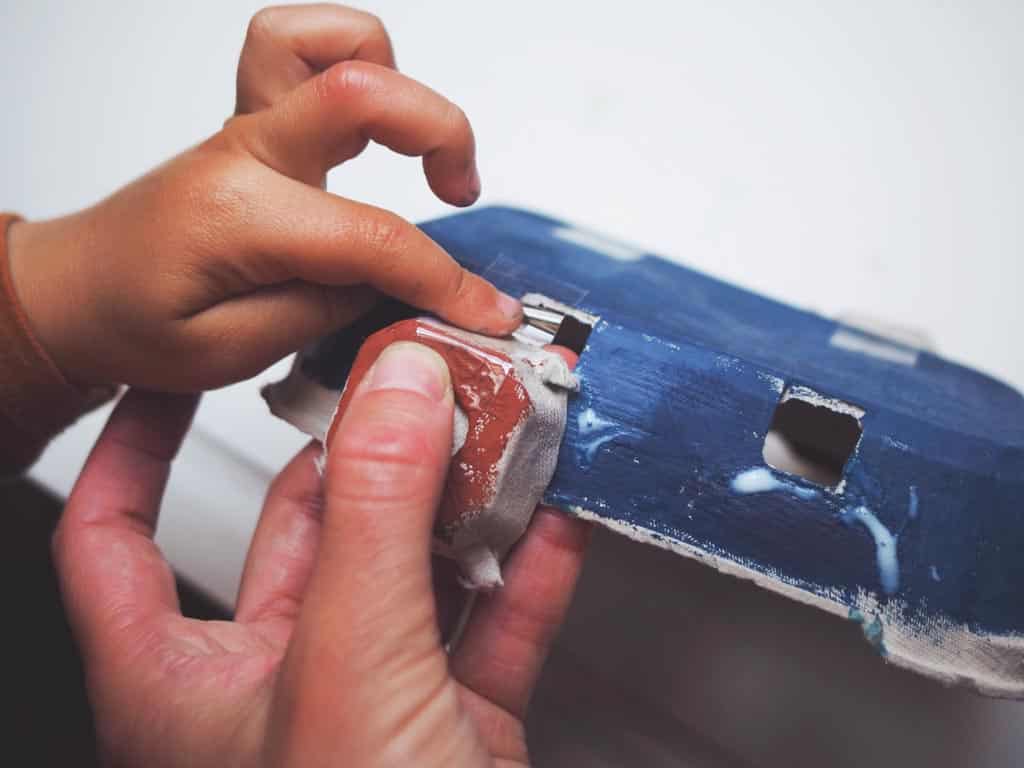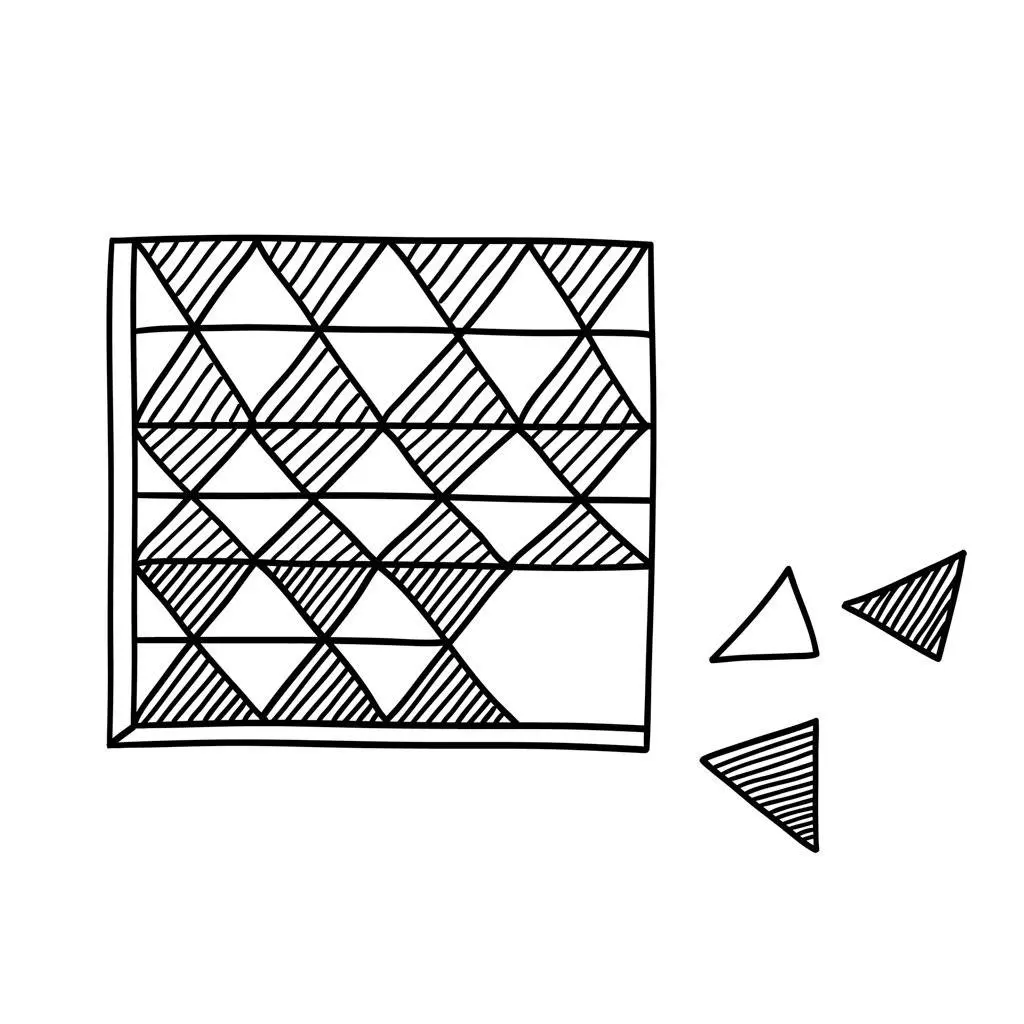Have you ever been into an Early Years classroom?
If the teachers have got it right, the children are calmly engaged in meaningful tasks. They are engrossed in their activities and you get a real sense of deep learning.
But what is going on? How have the teachers woven this magic?
When I was on my first placement, training to be a teacher, I wondered very much the same thing.
Children engage when they sense that a material has something to teach them. It seems to have possibilities that are there to be discovered if only the child perseveres.
And what could have possibilities than paper?
The magic of folding
Here is a square.

It’s just a square, isn’t it?
Or is it more?
It’s a teacher, in paper form.
Fold it in half.
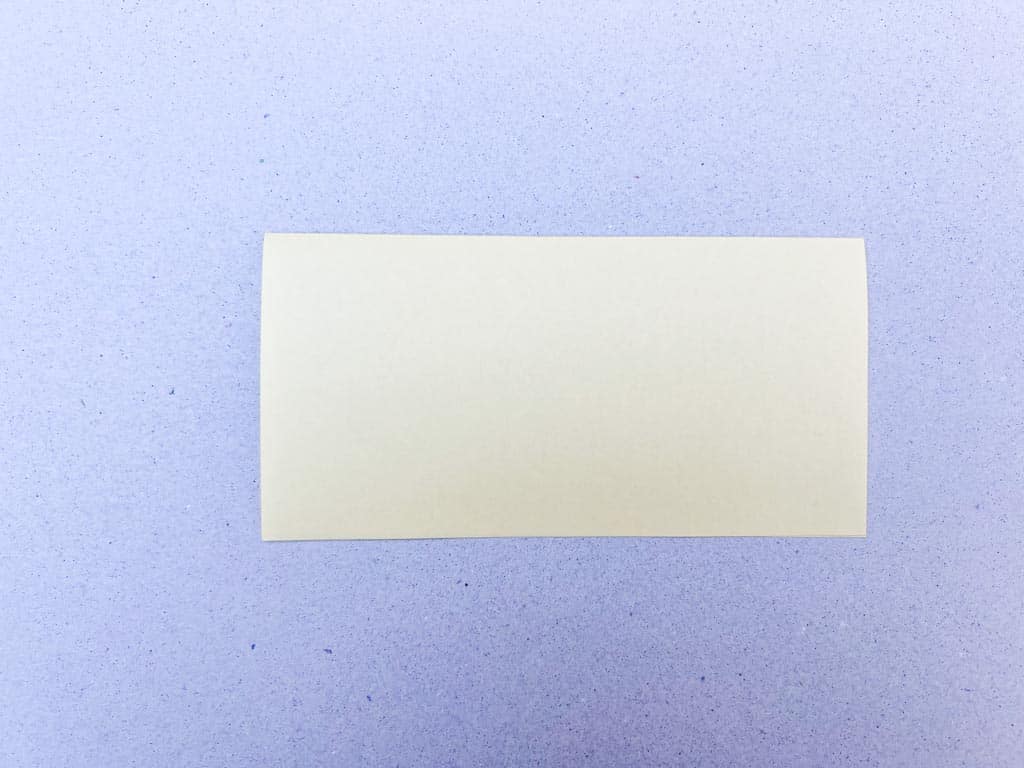
We have made a discovery.
Folding a square makes a rectangle.
Open it up.

Two rectangles!
And both parts are equal. The fold is a line of symmetry.
Fold it again.
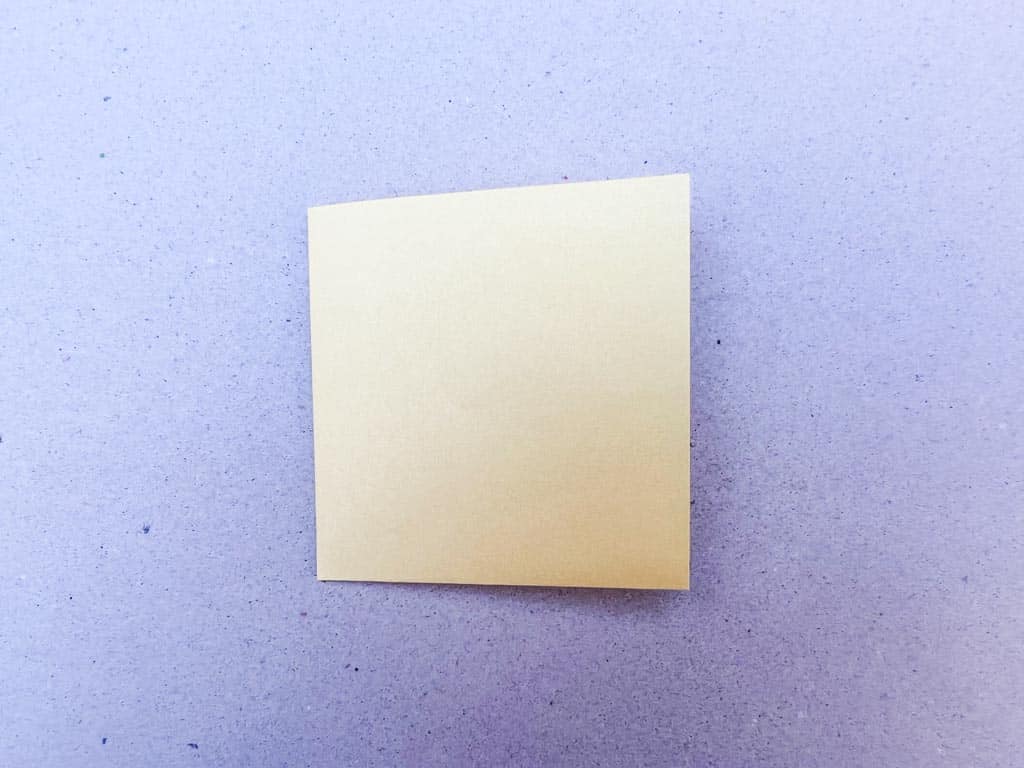
Another square.
Now open it up.
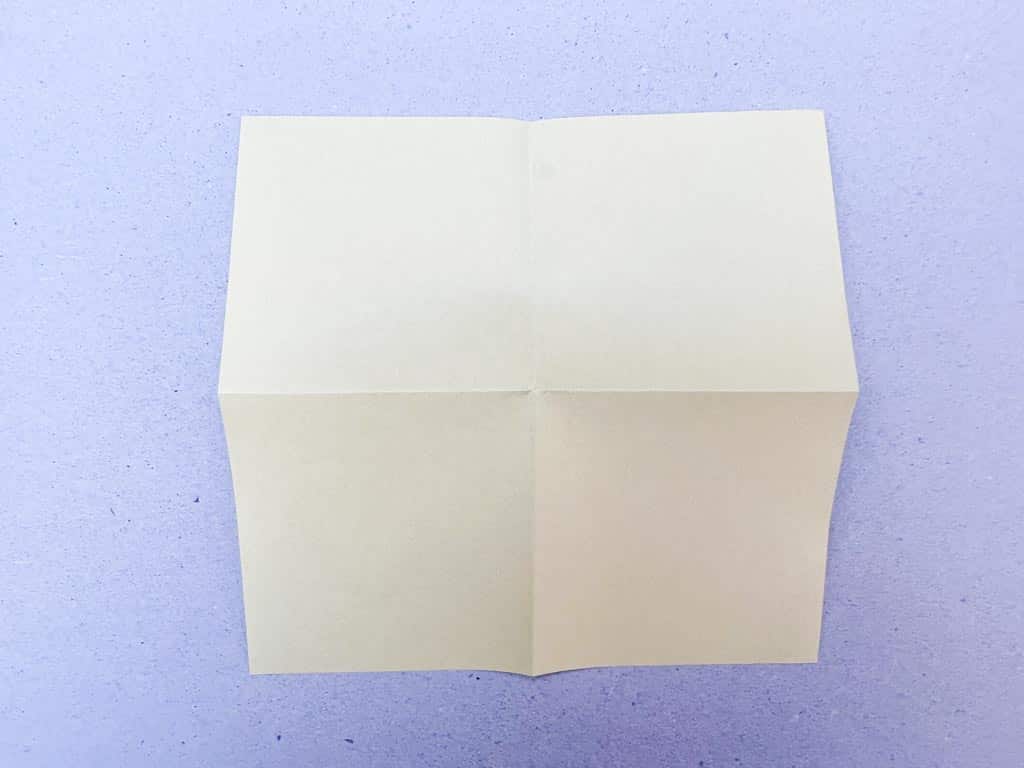
More squares!
What if you folded the corners in to the centre? Folding in four triangles leaves you with… another square! There are shapes within shapes and with every fold another is revealed.
Different shapes and sizes
Fold a square in half and you get a rectangle or a triangle, depending on which line of symmetry you choose.
But what happens when you fold a circle? You always get a semicircle.
Fold a triangle and you get another triangle.
This isn’t a geometry lesson. We are not trying to teach the properties of shapes. Instead, we are offering them for discovery.
Think back to Week 22 when we looked at the spiral curriculum. Educators understand that children need repeated exposure to ideas over many years. Each time the learning builds upon previous experience.
In the same way, your child’s success at geometry and calculus depends on her encounters with shapes in preschool. And that means paper folding, pattern blocks, drawing and arranging. All these activities help your child to build a mental representation of each shape, its characteristics and its possibilities.
The way to give your child the richest understanding of shape is to tackle the subject from as many different angles as possible.
Squares of origami paper are the perfect place to start. They fold nicely and create symmetrical patterns.
But there is learning in imperfection, too. A badly folded shape still has its own secrets to reveal. A wonky line contains as much information as a straight one.
Once your child is happy folding origami paper, offer a tray of mixed materials. Can she fold a sheet of aluminium foil? Sugar paper? Card? Cling film? We are straying from shape to the properties of materials but the learning is no less valid. Which will she choose? Do the properties of these materials lead her in a certain direction. Stiff card or aluminium foil naturally lead to the discovery of 3-D shapes. What a brilliant way to discover that a cube is really just a series of folded squares!
Remember this, from Week 34 (Patterns)? These ‘Nets of Cubes’ show exactly how to do it.
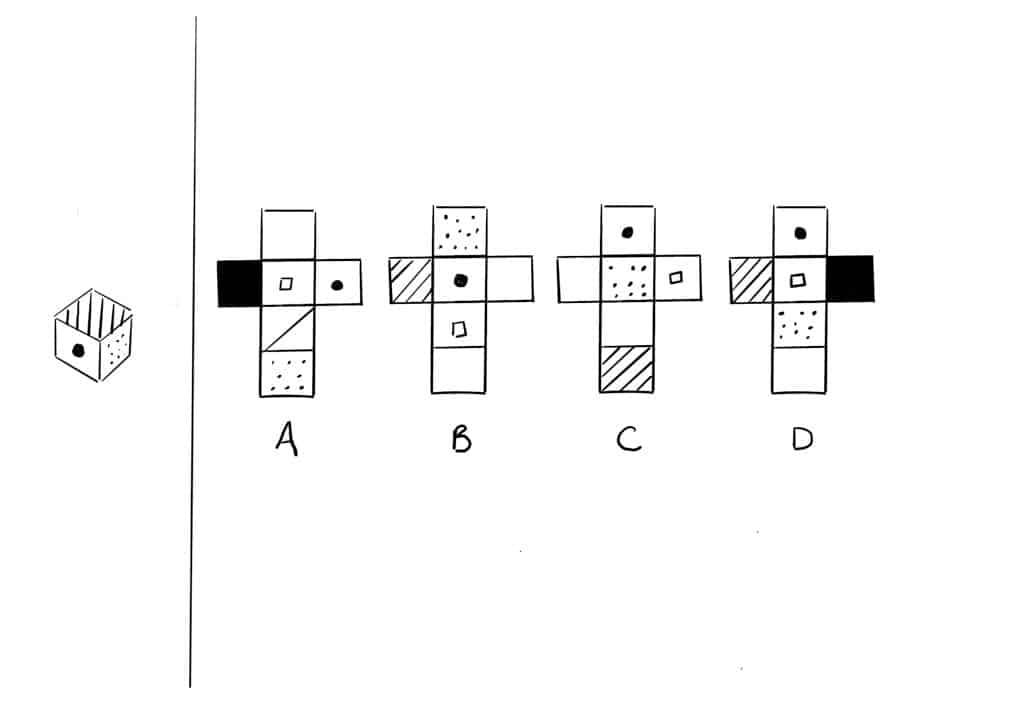
Froebel’s paper-folding philosophy
Have you heard of Friedrich Froebel? He was a German educator and the founder of the kindergarten concept. He believed that children learn best through play and that engaging in hands-on activities would foster their natural curiosity and creativity.
Froebel incorporated paper folding into his kindergarten curriculum as a means of stimulating creativity and promoting fine motor skills. He believed that by manipulating paper into various shapes and forms, children would gain a greater appreciation for nature’s patterns, structures, and symmetry. Moreover, he saw paper folding as a means of nurturing a child’s creativity, problem-solving skills and sense of achievement.
The process of folding, creasing, and manipulating paper is an excellent way to improve a child’s hand strength, fine motor control, hand-eye co-ordination and spatial awareness.
One of the key aspects of paper folding is the attention to detail it demands. Your child must carefully fold, crease, and align the paper to create her desired shapes and figures. This practice encourages her to be patient, focused and precise in her actions, skills that can be applied in many other areas of her life.
And you will no doubt have realised that folding is a supreme bilateral co-ordination activity.
Read more
This was the first part of the Get Set Five module on paper folding. If you would like to learn more about this kind of activity and how it can help your child develop the skills she needs to get ready for school, follow the link below. Or, to get a free module, click here.
Are you ready for school?
Do you have a preschooler? Would you like them to develop some key skills before starting school? How wonderful to go into school on that first day feeling like you belong.
Get Set Five is a year-long course full of fun and free activities to do with your child.


